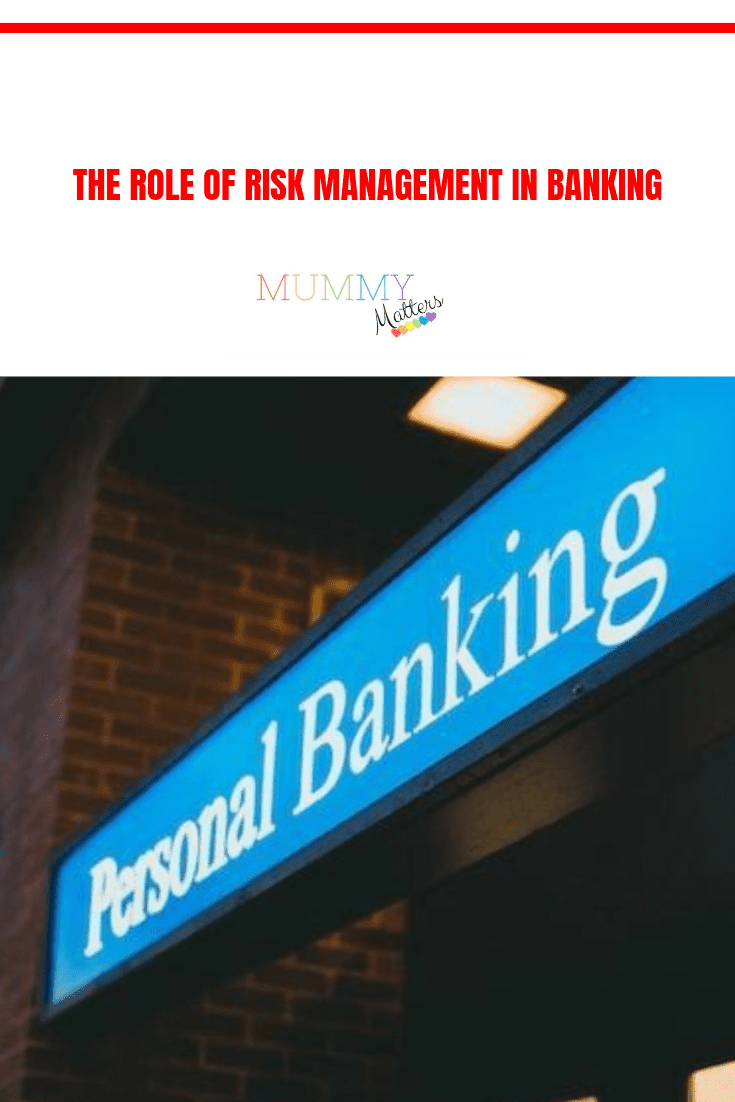In the banking industry, risk management identifies, assesses, and manages risks to ensure that they do not threaten the bank’s overall financial stability. Risk management is critical for banks, as they constantly face various risks. Keep reading to learn more about the role of risk management in banking.
What is risk management in banking?
Banking risk management identifies, assesses, and manages risks in a banking setting. The role of risk management in banking is to ensure that the bank is taking the proper steps to protect itself from threats. The risk management team works closely with other departments within the bank, such as accounting and lending, to ensure that all aspects of the bank’s operations are considered when making risk decisions. The first step in risk management is identification.
The department must identify all the risks the bank faces, both known and unknown, including short-term and long-term risks. Once the risks are identified, they must be assessed to determine their severity and likelihood of occurrence. After the risks are assessed, the next step is risk management. The department must develop a plan to mitigate or reduce the risk as much as possible. This may include changing business practices or tightening lending standards.
What risks do banks face?
There are different types of risks that banks face, such as credit risk, market risk, liquidity risk, and operational risk. Credit risk is the risk that a borrower will not repay a loan or debt obligation. Credit analysts use historical data and statistical models for this type of analysis. One popular model is the default probability model, which calculates the probability of default for a given loan based on historical data. This model considers factors such as the loan amount, the credit score of the borrower, the type of loan, and the loan’s maturity.
Then, credit analysts assign a credit rating to each borrower to help determine how much interest to charge on loan. Market risk is the risk that changes in market conditions will impact the value of investments or loans. For example, if interest rates rise, the value of bonds held by a bank may decrease. Market risk management teams use sophisticated mathematical models to measure and predict how changes in market conditions will impact the bank’s investments and loans. Liquidity risk is the risk that a bank will not be able to meet its obligations when they come due because it does not have enough cash or liquid assets available.
Liquidity risk management teams work with other departments within the bank to ensure enough liquidity is available to meet customer needs. Operational risk is when something goes wrong operationally within the bank, leading to losses. Operational risk management teams develop policies and procedures to help mitigate this type of risk. They also monitor operations closely to identify any potential issues before they become problems.
What are the components of a risk management framework?
Banks must have a risk management framework to identify, assess, and manage the risks they face. The critical components of a bank’s risk management framework are risk governance, risk assessment, risk mitigation, and risk identification discussed above. Risk governance in banks is a crucial process that helps ensure that banks take suitable risks and manage them effectively. The risk governance framework includes the bank’s risk appetite, the board of directors’ responsibility for risk oversight, an influential risk management committee, and a chief risk officer (CRO) designation.
Risk assessment is when banks use data and analytics to assess each risk’s probability of occurrence and severity if it materializes. They then use risk mitigation to develop action plans surrounding increasing capital levels, tightening lending standards, or hedging against potential losses.


